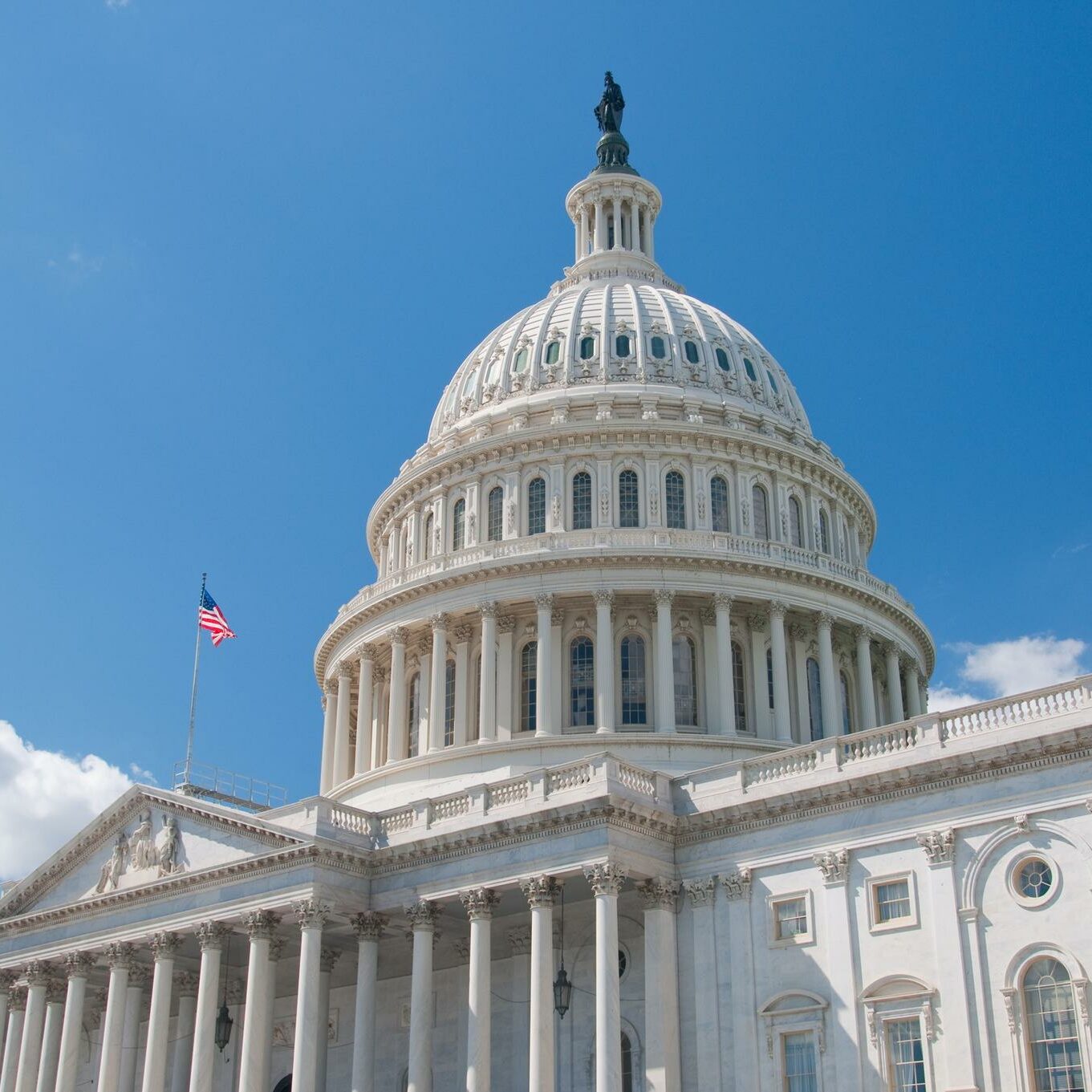Increasing Congressional Staff Diversity
THE PROBLEM
People of color make up...
This is a bipartisan problem. For example, people of color make up roughly 37% of the constituents in districts represented by white Democratic House Members, but make up less than 8% of their senior staff.
WHY IT MATTERS
Top personal office staff (chiefs of staff, legislative directors, and communications directors) and top committee staff in Washington, DC:
-
Oversee federal agencies with over 3 million employees
-
Shape the $4.79 trillion U.S. federal budget
-
Draft laws
-
Provide input into the confirmation of federal judges and agency appointees
-
Hire, manage, and dismiss congressional staff
Oversee federal agencies with over 3 million employees
Shape the $4.79 trillion U.S. federal budget
Draft laws
Provide input into the confirmation of federal judges and agency appointees
Hire, manage, and dismiss congressional staff
More diversity among top staff would allow Members to more effectively represent their constituents.
The perspectives and leadership from racially diverse senior staff will be particularly essential to dismantling structural inequality in Congress.
THE SOLUTION
Activists/Community Leaders: Tell your House Member and Senators to prioritize diversity in staff hiring, retention, and promotion.
-
Tracking Diversity: If you have a newly-elected Member of Congress, check out our tracker of diversity of top staff hires by new Members.
-
Read Our Research: If you have a returning Member of Congress, check out our 2018 House Report (pages 26-29) and 2020 Senate Report (page 22) to learn if your Member had top staff of color.
Members of Congress: Prioritize diversity in your staff recruitment, hiring, training, developing, promoting, and retention by taking the following steps:
-
Adopt a Diversity Plan: Develop a written office diversity and inclusion plan that includes recruitment and hiring metrics, staff retention and development strategies, data collection and analysis procedures, a clear allocation of responsibility and performance evaluation for plan implementation, and unconscious bias training for all staff involved in recruitment, hiring, evaluation, and retention.
-
Use Diversity Resources: Consult Representative Democracy, which recently published a new guide that provides practical tools for congressional offices to create and retain teams that look like and act in the service of their districts. For best practices and leads on diverse candidates, contact the House Office on Diversity & Inclusion, the Senate Democratic Diversity Initiative, and the Tri-Caucus Staff Associations (e.g., Congressional Asian Pacific American Staff Association, Congressional Black Associates, Congressional Hispanic Staff Association, and Senate Black Legislative Staff Caucus).
-
Establish a Bipartisan Senate Diversity & Inclusion Office: Just as the U.S. House has done, the U.S. Senate should establish a bipartisan Senate Diversity Office that helps Senate offices recruit, hire, train, develop, and retain a diverse workforce, and collects and discloses disaggregated demographic data of all staff.
*House numbers are from the Joint Center’s 2018 U.S. House report, and Senate numbers are from the Joint Center's 2020 U.S. Senate report. These top staff numbers reflect Washington, DC personal office staff (chiefs of staff, legislative directors, and communications directors), and do not include top staff in leadership offices, committee offices, or district or state offices.
BACKGROUND
To see all of our research and activities on Hill diversity, click here.
Partnering in the Call for Congressional Staff Diversity:

The Joint Center and over 70 civil rights and civil society organizations sent letters to new Members of Congress urging them to hire racially diverse people in their personal office top and key mid-level staff.
In the letters, one addressed to incoming House Members and the other addressed to incoming Senators, we recommended that the newly elected leaders adopt diversity plans and work with the Bipartisan House Diversity and Inclusion Office, Brain Trust for a Representative Democracy, and Tri-Caucus Staff Associations to recruit and retain people of color. We also urged newly elected Senators to support the establishment of the Bipartisan Senate Diversity and Inclusion Office, which could serve as a resource in the future.
In the Media

Joint Center Senior Fellow of Diversity and Inclusion Dr. LaShonda Brenson penned an op-ed in The Hill calling for new and returning Members of Congress to hire diverse staff—especially Members who represent diverse districts. In the op-ed, she writes “From police killings of Black Americans to a COVID-19 pandemic that has disproportionately claimed the jobs and lives of Black and Brown people, the need for policymakers and staff who understand structural inequality, racism and anti-Blackness is as clear as it has ever been.”

Joint Center Senior Fellow, Diversity and Inclusion Dr. LaShonda Brenson joined NPR’s Marketplace to discuss our efforts to increase congressional staff diversity.
“These staffers, as you know, are so important because they are the ones who are really doing the day-to-day tasks, giving talking points, giving notes, informing their member on various issues that might arise. Of course members of Congress make the final say, but these staffers really have a lot of influence in enacting legislation,” said LaShonda in the interview.

The New York Times exclusively covered the Joint Center's 2020 report Racial Diversity Among Top Staff in Senate Personal Offices.
This report provides evidence regarding the lack of racial diversity among U.S. Senate personal office top staff positions. This report defines personal office top staff as all chiefs of staff, legislative directors, and communications directors in the Washington, DC personal offices of U.S. Senators.

